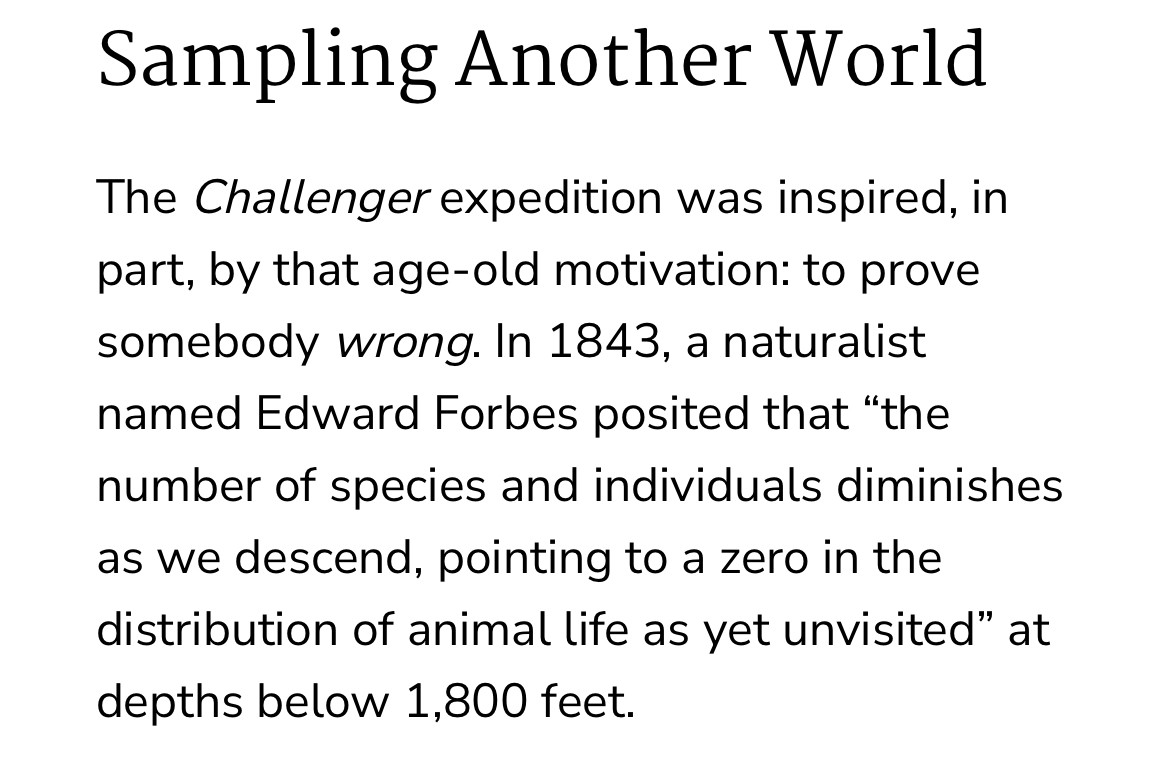the number of 的意思是“……的数量”,它用作主语时,其后总是单数动词的。它与 a number of…(许多……)不同,后者作主语,谓语动词总是用复数。
关于你说的 the number of A and B 作主语,我帮你找了两个例句:
The number of pigs and poultry has doubled. 生猪和家禽增加了一倍。(摘自张道真的《英语常用动词用法词典》)
The number of the students and the teaching and administrative staff of this university is about 10,000 in all. (摘自杨霞华主编《英语正误辨析词典》)
 我看到文章这里大概讲的是这个名为Forbes的人下到深海里面看到海洋生物数量的骤降,联想一下海洋这个语境的话,海洋里的生物本来就是有些是一群同类物种一起行动,有些就是个体行动。
我看到文章这里大概讲的是这个名为Forbes的人下到深海里面看到海洋生物数量的骤降,联想一下海洋这个语境的话,海洋里的生物本来就是有些是一群同类物种一起行动,有些就是个体行动。




